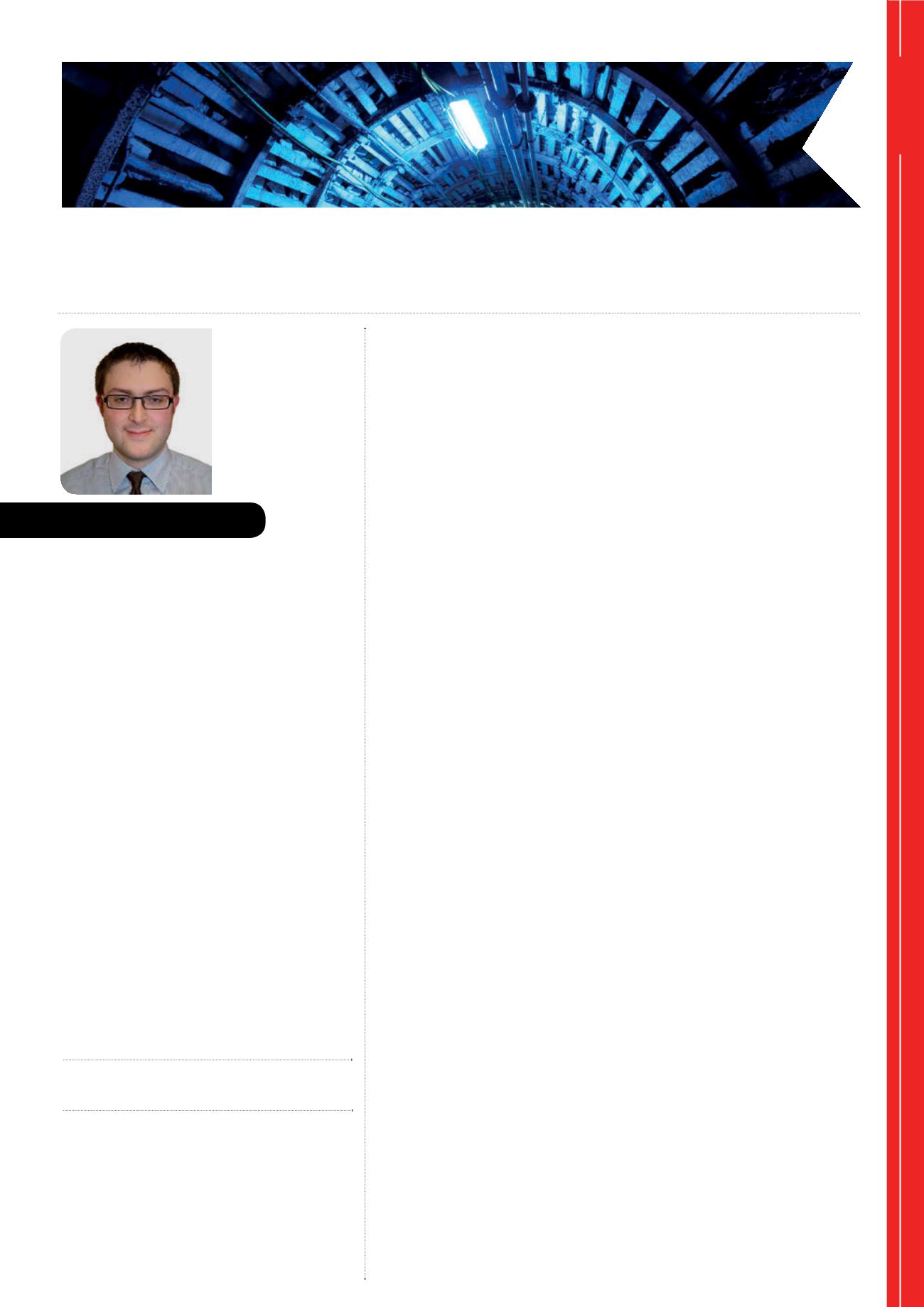
Comment
Jonathan Rowland
–
Editor
Palladian Publications Ltd
15 South Street, Farnham,
Surrey, GU9 7QU, UK
t: +44 (0)1252 718999
f: +44 (0)1252 718992
w:
Managing Editor
James Little
Editorial Assistant
Harleigh Hobbs
Advertisement Director
Rod Hardy
Advertisement Manager
Ryan Freeman
Production
Ben Munro
Subscriptions
Laura Cowell
Office Administrator
Jo Repton
Website Manager
Tom Fullerton
Website Editor
CallumO'Reilly
Digital Editorial Assistant
Angharad Lock
Correspondents
Barry Baxter
Gordon Cope
Publisher
Nigel Hardy
World Coal (ISSN No: 0968-3224, USPS No: 020-997) is published
monthly by Palladian Publications Ltd, GBR, and distributed in the USA
by Asendia USA, 17B S Middlesex Ave, Monroe NJ 08831. Periodicals
postage paid New Brunswick, NJ, and additional mailing offices.
POSTMASTER: send address changes to World Coal, 701C Ashland Ave,
Folcroft PA 19032.
Annual subscription (monthly) £110 UK including postage, £125/
E
175
overseas (airmail), US$200 US/Canada (airmail). Two-year discounted
rate (monthly) £176 UK including postage, £200/
E
280 overseas (airmail),
US$320 US/Canada (airmail). Claims for non-receipt of issues must be
made within four months of publication of the issue or they will not be
honoured without charge.
Michael King
Ng Weng Hoong
Comment
Anthony Fensom
I
was recently in Phoenix, Arizona, for the SMEAnnual Conference & Expo. The
keynote session at this year’s showwas given by former US Air Force Colonel
and NASAAstronaut Mike Mullane. Mullane’s presentation focused on the
‘normalisation of deviance’ – a theory developed by sociologist Diane Vaughan that
states that, over a long period of time, people within large organisations can become
so accustomed to ‘deviant’ (i.e. unsafe) behaviour that they no longer consider it to
be a risk, despite the fact it lies outside of agreed safety rules.
The example used by Mullane was the Challenger disaster, when an engineering
fault led to the break up of the Space Shuttle Challenger 73 sec. into flight with the
loss of its seven crewmembers. The engineering fault that caused the disaster had
been noticed during previous shuttle launches and, according to NASAprotocol,
should have led to the grounding of the shuttle fleet until fixed. But because it had
not caused a catastrophic failure in these previous launches – and under huge
scheduling and budgetary pressures – NASAengineers came to discount it as a risk:
the deviance was normalised until disaster struck.
The stressors that can lead to the normalisation of deviance are also present in the
mining industry today. Look through companies’ results and it isn’t long before
themes like ‘cost-cutting’, ‘efficiency’ and ‘liquidity’ appear. The opening of
SamWalsh’s CEO statement in Rio Tinto’s 2015 Annual Results is a good example:
“The past year created significant challenges for our industry and against this
backdrop we have again delivered robust financial and operational performance.
In 2015 our
focus on cash generation
was relentless. We
reduced our cost base
by
US$1.3 billion, exceeding our revised target of US$1 billion. We
lowered our capital
expenditure
to US$4.7 billion and we ended the year with net debt at
US$13.8 billion” [Emphasis added].
It’s only after Walsh has completed his financial survey of the firm’s health that
he takes time to mention Rio Tinto’s safety record. That’s not unusual: the annual
report is aimed at shareholders for whom the firm’s finances are of most interest.
But in a recent article in the
Harvard Business Review
(
HBR
), Walsh goes further.
“I’m quite clear with our people that shareholder returns are Rio Tinto’s number
one focus,” writes Walsh. “I’m sometimes asked why I don’t make safety or the
environment number one. Safety is a top priority. It is widely acknowledged that a
strong safety and sustainability record is essential to achieving returns. But I want
our employees to know that it’s not embarrassing to say we’re here to make money.
That is our purpose as a business!”
I’ve no problemwith mining companies making money: quite the opposite. Nor
am I saying the Walsh does not believe health and safety to be important; clearly he
does. But his remarks in the
HBR
article seem to me to be the first steps down a
slippery slope. Under the stress of tough production and efficiency targets and with
their jobs potentially under threat, miners need to know that safety still comes first. I
findWalsh’s remarks worrying because they could undermine that message.
The current obsession with financial goals is by no means limited to Rio Tinto of
course: it is an industry-wide trend born of the weakness in commodity markets.
And that makes it all the more of a concern. In an inherently risky business, safety
should be second to nothing in a company’s list of priorities – whatever the industry
environment. It’s when safety falls down the list that unsafe practices can creep in
and become a normalised part of operating practices. Until disaster strikes.


